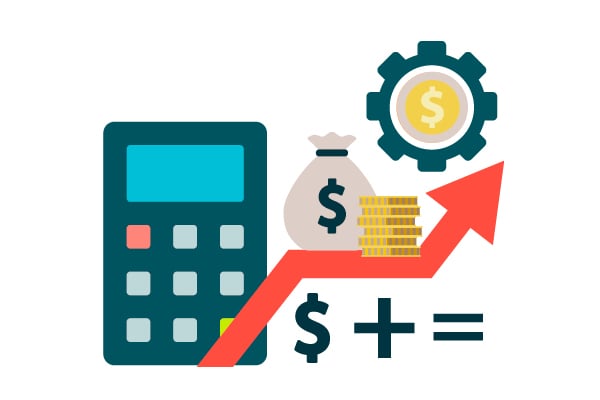Prepare for retirement with TTR
Sharon's Transition to Retirement strategy
Section Heading
Meet Sharon, she’s paying down debt to ease financial stress
Sharon is 60 and earns $100,000 a year working full-time. She has $500,000 in her Triple S account. Her biggest worry is her $200,000 mortgage, and she’s determined to pay it down before retiring.
Her goal:
Use her super to reduce mortgage stress and feel more confident about retirement.
How did she do it?
Sharon opened a TTR Income Stream and transferred $450,000 into it from her Triple S account. Because Triple S super isn’t taxed upfront, 15% tax is deducted when the funds are transferred, leaving her with $382,500 invested in her Income Stream and $50,000 still in Triple S.
Under TTR rules, she must withdraw between 4% ($15,300) and 10% ($38,250) of her Income Stream balance in any year.
She decided to take the maximum (10%) this year and withdrew $38,250 as a tax-free payment. She used the money to make a direct repayment on her mortgage, reducing her debt from $200,000 to $161,750.
| Item | Before TTR | With TTR |
| Annual salary (before tax) | $100,000 | $100,000 |
| Take home pay (after-tax) | $77,212 | $77,212 |
| Income Stream payments | $0 | $38,250 in the first year |
| Net annual income | $77,212 | $115,462 |
The TTR advantage for Sharon
Sharon’s TTR strategy is a practical way to ease financial stress, reduce debt, and feel more confident about retiring.
- Withdraws $38,250 tax-free without affecting her taxable income
- Uses the funds to make a significant dent in her mortgage.
For Sharon, it’s not just about growing her super, it’s about paying her mortgage off quicker to achieve peace of mind. She understands that by drawing on her super now, she will have less super savings in retirement.
Run your own numbers
Use our Retirement Income calculator to run your own numbers and see how a TTR strategy could work for you.
For all fees and costs associated with a Super SA TTR Income Stream, please read the Product Disclosure Statement (PDS).
-
Case study assumptions and notes
This case study is for illustrative purposes only. It assumes:
- Sharon is aged 60 and over
- She has a Triple S account and receives super contributions exclusively from her South Australian public sector employer
- Investment returns, insurance costs, and administration fees are excluded for simplicity
- Sharon's Triple S account has a 100% untaxed component
- Sharon understands that by drawing on her super now, she will have less super savings in retirement.
Note: Some figures have been rounded for ease of presentation.





